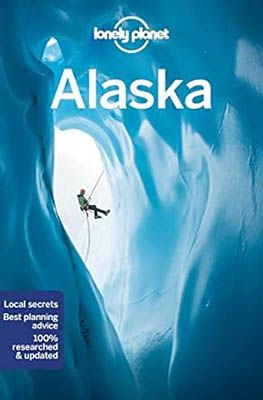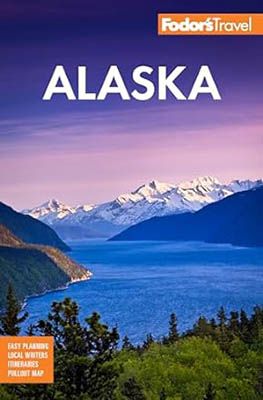Unique fjords with glaciers in Kenai Fjords National Park
Unique fjords with glaciers in Kenai Fjords National Park
A journey through Alaska is incomplete without a visit to the Kenai Fjords National Park. Here you’ll find numerous glaciers and a diverse array of marine life. The park encompasses both sea and land, spanning over 2,700 square kilometers, nearly the size of the province of South Holland. The park is dominated by the Harding Icefield, the largest ice field in the US, which feeds over 30 different glaciers that date back to the ice age.
To truly experience this impressive natural area, a boat tour offers a unique perspective. From the water, you’ll have a clear view of the diverse landscape – a rugged coastline with steep peaks emerging from the water, islands where seals rest, and the imposing Aialik Glacier. Our visit to this park was one of the highlights of our journey through Alaska.
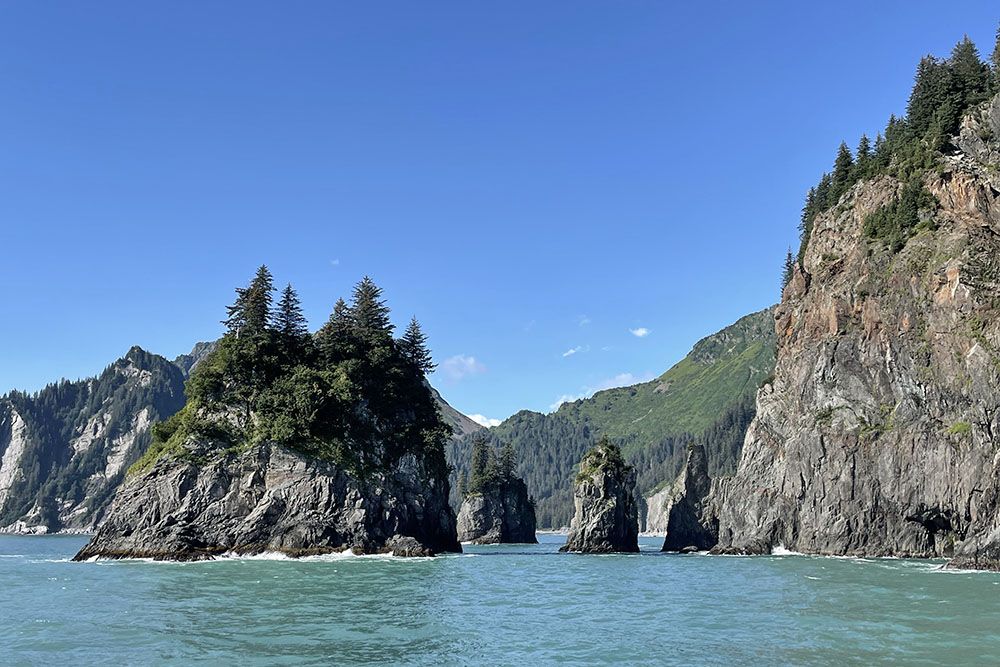
Weather as a determining factor for a wonderful day on the water
The excursion we joined was a six-hour boat trip. The company’s office, where we had to check in, is located in the port of Seward, which is also home to the park’s visitor center. Prior to the tour, we first visited this center to gain a good understanding of the area, which we found to be well worth the time, especially if you catch the park’s film, which takes about half an hour.
We arrived at the company at 11:00 am, and our excursion departed at 11:30 am. During check-in, we were informed that the completion of the entire trip would depend on the weather. If the waves outside the first fjord were too rough, we might not be able to proceed to the Aialik Glacier fjord. We had the option to reschedule our excursion for the next day, as there might be less wind. After some consideration, we chose to proceed on this sunny day. After boarding, we took our seats on the upper deck, eager to capture everything on photo and video.
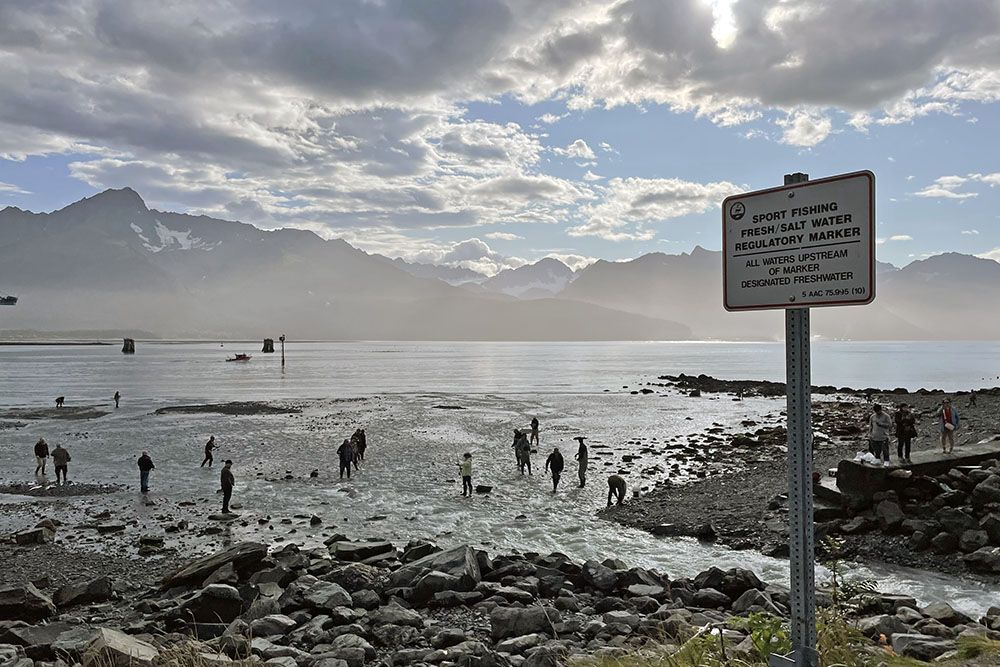
Impressive cruise through Kenai Fjords National Park
The first animals we encountered were two ospreys on a pole in the harbor. Then, we saw several otters peacefully floating on their backs. This sight exuded a great sense of relaxation, even though they consume a third of their body weight in fish daily. We learned this from Captain Mike, who, in addition to piloting the boat, provided us with interesting details at regular intervals.
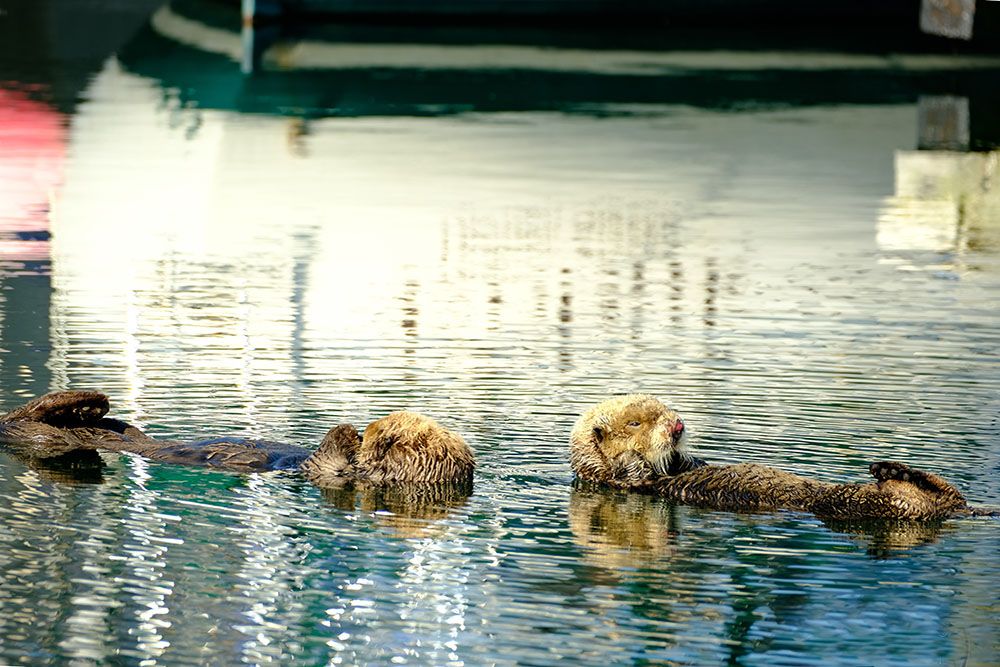
Half an hour after departure, lunch was distributed, which we could enjoy as a picnic at a time of our choosing. On board, coffee, tea, and soft drinks were available. Fortunately, there were several (clean and spacious) toilets. The crew was exceptionally helpful, regularly checking in to ensure everyone was doing okay. Seasickness was a possibility due to the ship’s motion, and the crew could provide assistance if needed. If anyone was prone to seasickness, they received advice from the crew.
Meanwhile, we learned that a few dolphins were swimming alongside the ship. It felt like an escort. After this escort, puffins or Atlantic puffins approached. These distinctive birds swim better than they fly. Their striking appearance with an orange beak resembles a small penguin. Despite their appearance, they are indeed birds, and bird enthusiasts were delighted by the sight.
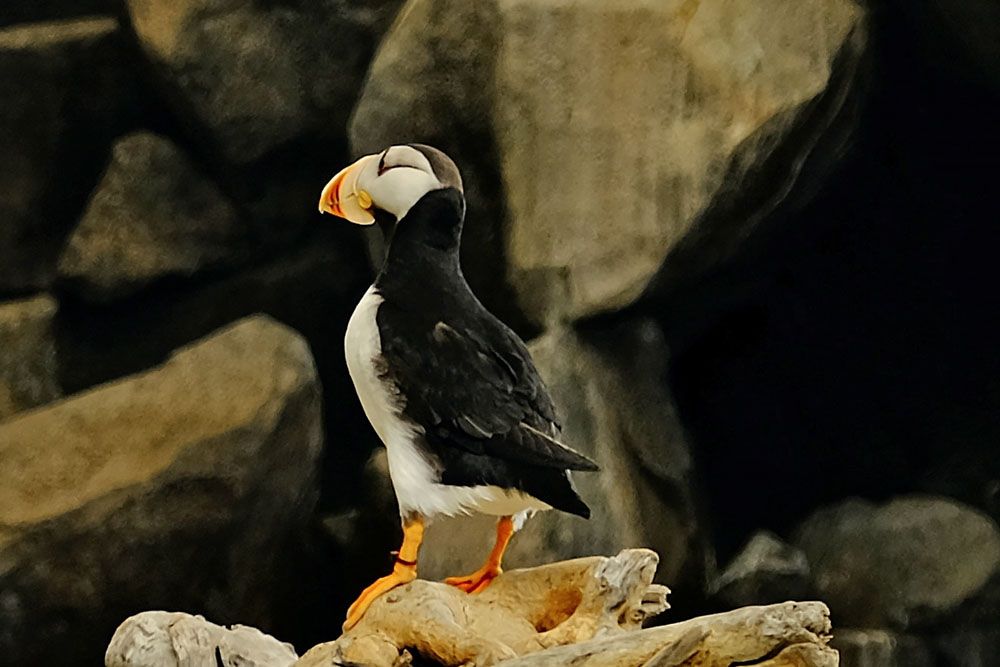
Further into the Kenai Fjords National Park
After the Puffins, we see seals resting on rocks in the sea. Shortly after, we encounter the more imposing sea lions. By this time, we have passed Bear Glacier, the longest glacier in the park at almost 34 kilometers. Although it no longer directly reaches the sea, its dimensions are still impressive. The phenomena of glaciers calving is a widespread occurrence throughout Alaska, attributed to rising temperatures. Less ice leads to rising sea levels and other changes in natural conditions, triggering a chain reaction affecting the fish population and animals dependent on them.
After passing the farthest point of the fjord, we encounter a short stretch with slightly more intense waves. It turns out to be quite manageable, and the captain does his best to keep the journey as comfortable as possible.
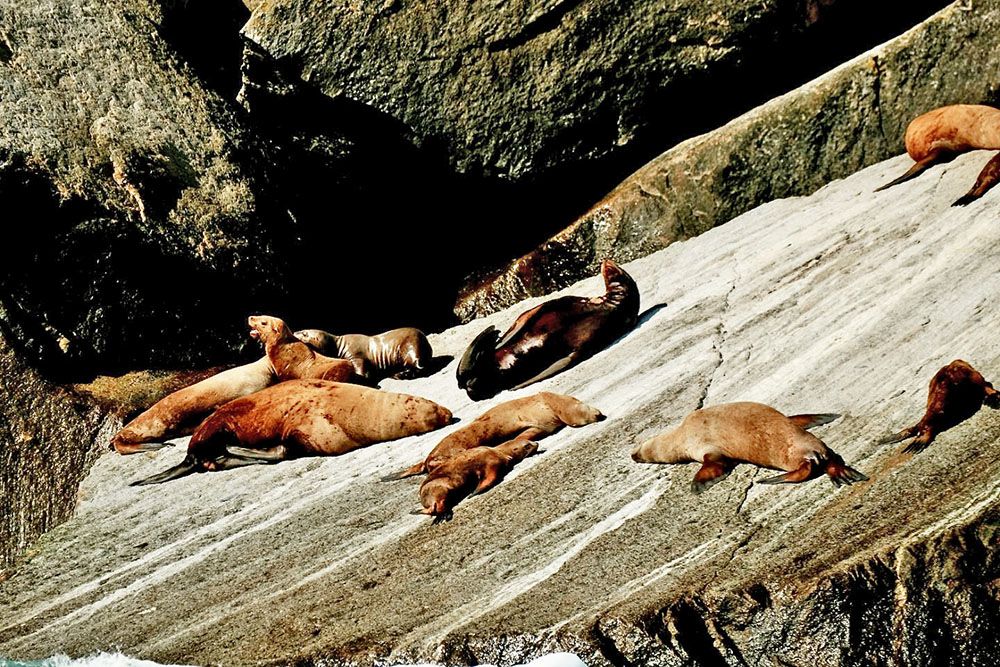
Highlight of the trip: the impressive Aialik Glacier
The highlight of the journey is the impressive Aialik Glacier. Stretching over 2.5 kilometers, this “Giant of Ice” extends right into the sea. We frequently witness chunks of ice breaking off with a thunderous noise as they plunge into the water. What an awe-inspiring sight! This feeling intensifies as we draw closer to the glacier. The sheer size of the ice mass and the diminutive size of the boats make for a stark contrast. Countless seals rest on the detached ice floes in front of the glacier. The temperature drops due to the cold emanating from the ice. We linger near the glacier for a while, and as Captain Mike puts it, “We’ll let the glacier speak for itself.” An experience never to be forgotten.
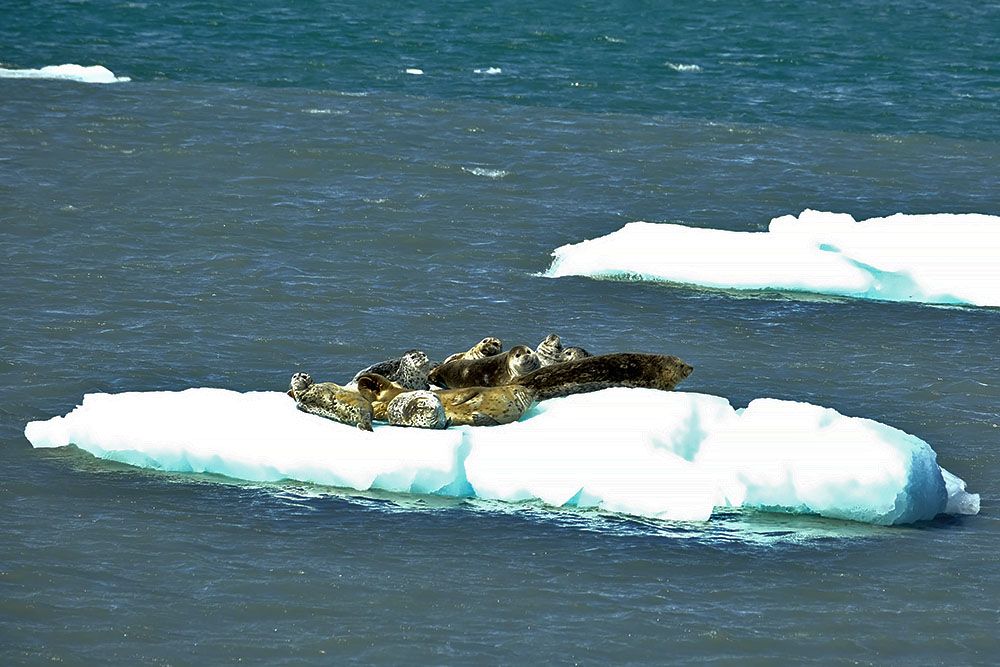
A surprise on the way back
The sun continues to shine brightly on the return journey. We realize how exceptionally fortunate we are. The previous three days, the trip had to be cancelled due to adverse weather conditions. It would be the cherry on top to spot whales or orcas on the way back.
The return route veers slightly away from the coast. Shortly thereafter, some fellow passengers excitedly call out. A group of orcas has been spotted. Everyone on board springs up to witness and capture this bonus sighting. There are at least four animals in the group. They surface regularly. It’s a fantastic sight, and fortunately, the captain takes ample time to appreciate this spectacle. Other boats are informed so that we can share the orcas’ position. It feels like a safari on the water.
On the final stretch to the port, we sit back, thoroughly satisfied, reliving the memories of this delightful day. A memory that will stay with us forever.
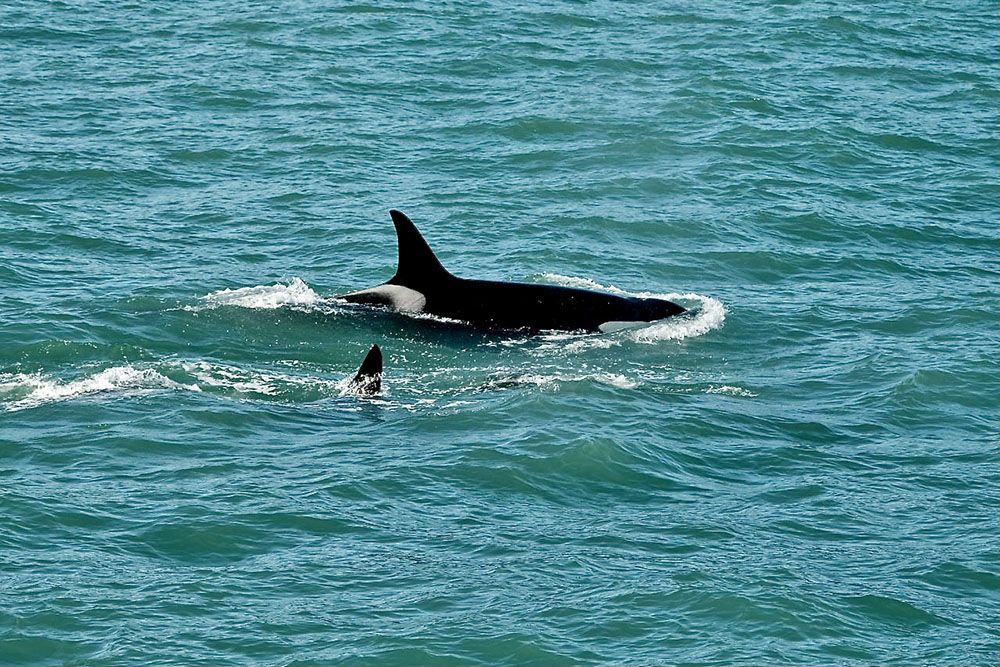
Hiking in Kenai Fjords National Park to the easily accessible Exit Glacier
Another way to explore this park is by taking a hike to the Exit Glacier. An interesting detail: on the road leading to it, you’ll encounter signs displaying years that illustrate how far the glacier extended in the past. This demonstrates that kilometers of glacier have disappeared since the early 1900s.
In the visitor center, it’s interesting to examine the model of the Harding Icefield and the associated glaciers. You also have the option to join a guided walk with a ranger. There’s a fair amount of bear warnings, but in practice, the number of people on the trail is too large to pose much risk. So, no worries…

Three options: easy – moderate – difficult!
From the starting point, there are two routes to follow. The first is a short, leisurely walk of about 20 minutes leading to a low viewpoint overlooking the glacier. This is easily manageable for those with good fitness. After this, you can choose to return and take on the second route or head back to the car park.
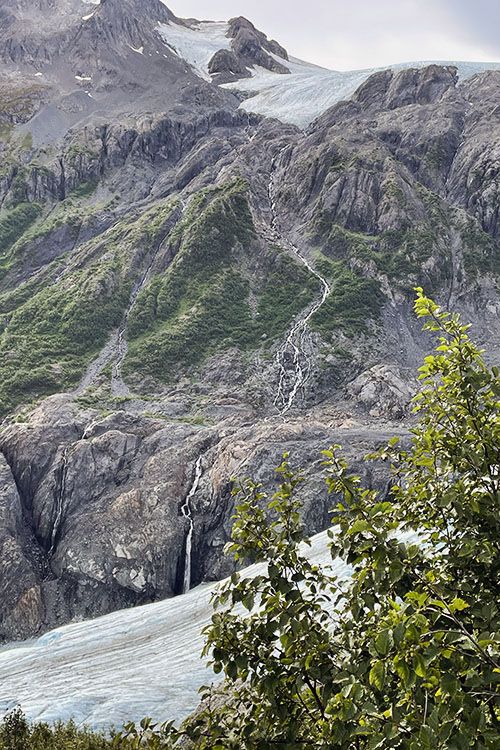
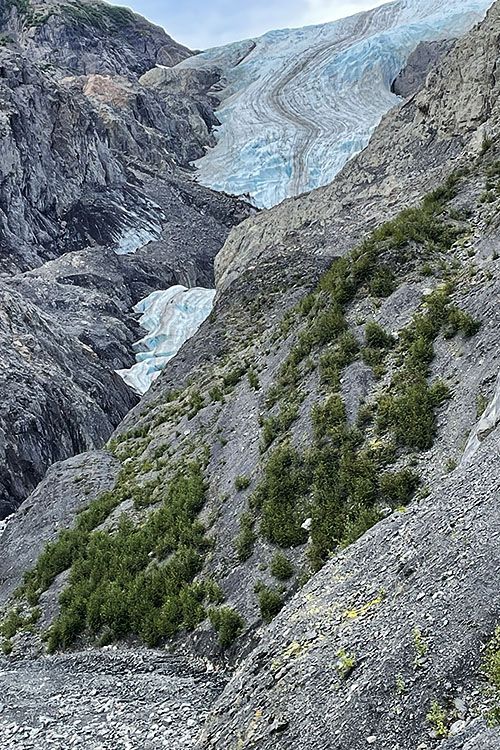
The second route heads towards the Harding Icefield, involving a steep climb. Good fitness and hiking boots (preferably with poles) are required. Like many others, we walked this trail to the halfway point, which leads to the viewpoint called Marmot Meadows. This offers a close-up view of the Exit Glacier. Plan for about 3.5 hours round trip for this hike.
For those seeking more challenge, continue on to the Harding Icefield. This would require a full day or double the time. Be sure to carry water and provisions, as these won’t be available along the way.
We visited the Kenai Fjords National Park at the invitation of Little America, a specialist in unique, tailor-made trips to the United States and Canada. The content of the blog was independently and objectively compiled based on our own impressions.
Practical tips for visiting Kenai Fjords National Park
Kenai Fjords National Park is situated in Alaska, on and around the Kenai Peninsula, south of Anchorage.
Seward serves as the gateway to the park. The harbor there is the central point for boat excursions, with multiple excursions of varying durations departing several times a day. For hikes in the park, you'll take the Exit Glacier Road from Seward. At the road's end, you'll find a small visitor center and ample parking. Along the way, you'll see the years indicating the extent of the glacier in each respective year. Seward itself is accessible by train, boat, or plane (e.g., from Anchorage).
Landscape-wise, the Aialik Glacier is the most impressive highlight of Kenai Fjords National Park. Additionally, the rugged coastline with seals, otters, and whales in between is spectacular. Experiencing this requires booking an excursion. An extra challenge can be found by taking a hike on the Harding Icefield itself.
The park is open year-round, but in the winter months, the park may be inaccessible due to weather conditions.
The park is open all year round. The busiest months are June to August. For current information, visit the Kenai Fjords National Park website.
You cannot stay in the park itself, so you'll have to rely on the immediate surroundings. Seward offers a large number of hotels, B&Bs, lodges, and camping options (both tent and camper).
For a unique location and to plan a sea excursion, you can contact the travel organization Little America. They can provide information about the options in Seward and Kenai Fjords National Park.
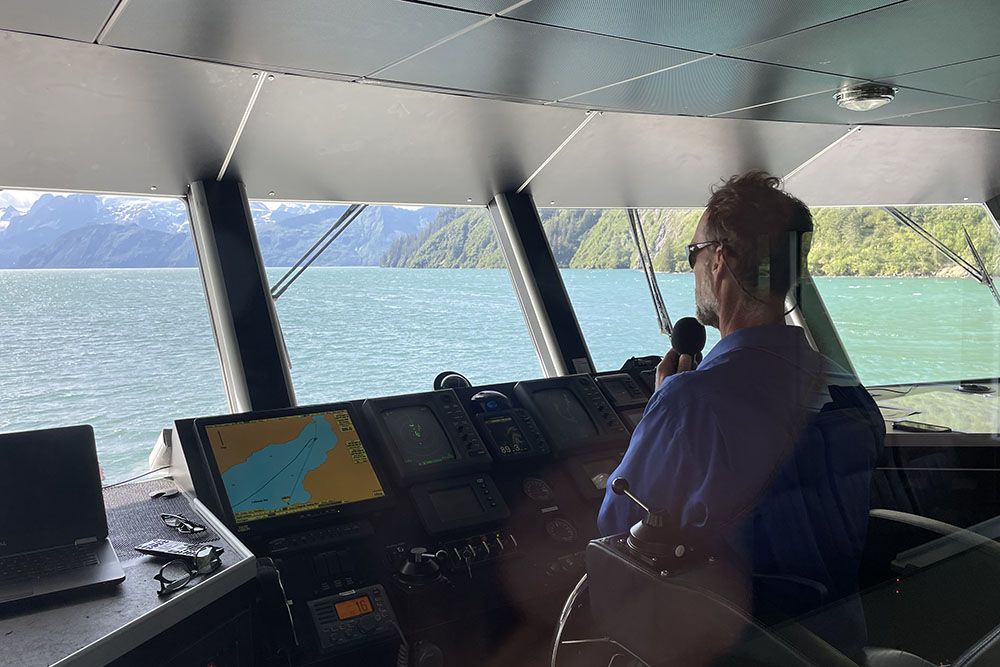
You may also be interested in
- Tour of Alaska through the endless nature of the Last Frontier
- Denali National Park: Top Attraction of Alaska
- Bear spotting in Homer
- Hiking fun in Joshua Tree National Park
- Cycling and hiking in Yosemite National Park

